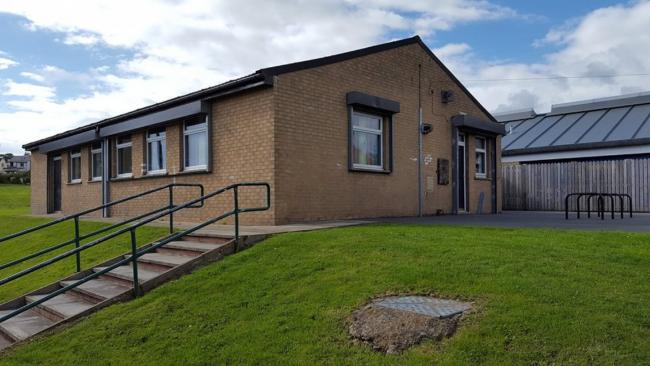The following is from an article submitted to the Keighley news by Robin Longbottom
At Cringles above Silsden, just off the road to Addingham, stands a tall slender stone tower.
It was built in 1853 for the sole purpose of providing a platform to survey the route of a proposed conduit and an aqueduct to supply water to Bradford.
Most surveying platforms of the period were constructed out of wood and later removed, however, here stone was used and it has remained a permanent addition to the landscape ever since.
The conduit and aqueduct were part of a huge scheme undertaken by the Bradford Corporation Water Works to build three reservoirs to get fresh water into the town (Bradford wasn’t granted city status until 1897).
One reservoir was to be built at Barden, on an area of moorland known as Barden Broad Park, and another at Chelker, above Addingham – and the third was to be a storage reservoir at Heaton, near Bradford.
The conduit would connect the reservoirs at Barden and Heaton, picking up a separate feeder from Chelker Reservoir, together with additional water piped into it from numerous streams along the route.
As the scheme would have reduced the water flow into the rivers Wharfe and Aire, to the detriment of industries downstream that were still using water power, two large compensation reservoirs were also proposed – one at Grimwith above Grassington to release water into the Wharfe and the other at Silsden to release water into the Aire.
In overall charge of the project was a Leeds civil engineer called John Wignall Leather and his meticulously prepared plans were submitted to Parliament in 1854 in support of the Bradford Waterworks Bill, which was approved by Parliament the same year.
Work on the service reservoirs commenced in 1855, with the project divided between a number of different contractors.
The conduit was 22 miles long and was also divided into separate contracts.
The Silsden section passed through Cringles, Swartha and Brunthwaite.
One major obstacle to the underground route was crossing the deep clough at Swartha Wood and to overcome this problem a handsome three-arched stone aqueduct had to be built. Holden Clough and Beck were less of a problem and the beck was crossed here by a cast iron pipe.
Water from several Silsden becks was also piped directly into the conduit from specially-constructed extraction points known as residuum.
To compensate for the loss of water from these streams, Silsden Reservoir was built.
Adverts were placed in newspapers during March 1856 for tenders for “the excavation, forming and completing of the Millowners’ Compensation Reservoir of about thirty acres…on Great Gill Beck at Cringles, in the Township of Silsden”.
By the summer of 1859, the project was largely complete and in September a party of dignitaries from Bradford travelled to Silsden in two horse-drawn omnibuses to visit the work.
The reservoir was romantically described as “most beautifully situated, overlooking the Aire Valley…is well wooded and when the reservoir is full to fill the bye-wash (the overflow from the reservoir) it will be one, if not equal in grandeur, scarcely inferior in beauty to the far-famed Cora Linn at the Falls of Clyde”.
From the reservoir, the party travelled to Swartha to see “where the water from Barden is carried over the ravine by a most elegant aqueduct”. After spending some time admiring the beauty of the setting the party departed to enjoy a “handsome lunch” provided at the Devonshire Arms Hotel in Keighley before returning to Bradford by train.
The project was completed in 1860 and the water supply was later supplemented by the construction of the Upper Barden Reservoir in 1878.









